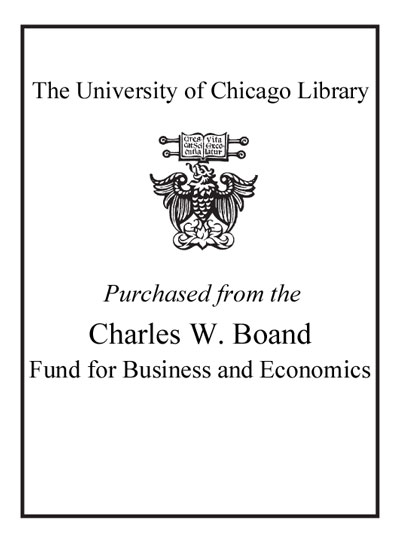Computational macroeconomics for the open economy /
Saved in:
| Author / Creator: | Lim, G. C. (Guay C.) |
|---|---|
| Imprint: | Cambridge, Mass. : MIT Press, c2008. |
| Description: | xiv, 231 p. : ill. ; 24 cm. |
| Language: | English |
| Subject: | |
| Format: | Print Book |
| URL for this record: | http://pi.lib.uchicago.edu/1001/cat/bib/7369070 |
Table of Contents:
- Preface
- Acknowledgments
- 1. Introduction
- 1.1. The Open Economy Setting
- 1.2. Solution Methods
- 1.3. Policy Goals, Welfare, and Scenarios
- 1.4. Plan of the Book
- Computational Exercises
- 2. A Small Open Economy Model
- 2.1. Introduction
- 2.2. Flexible Price Model
- 2.3. Solution: Projection Method
- 2.4. Stochastic Dynamic Simulations
- 2.5. Effects of a Demand Shock
- 2.6. Concluding Remarks
- Computational Exercise: Stochastic Processes
- 3. Sticky Domestic Prices
- 3.1. Introduction
- 3.2. Model with Calvo Pricing
- 3.3. Computational Analysis
- 3.4. Stochastic Simulations
- 3.5. Output Gaps and Sensitivity Analysis
- 3.6. Concluding Remarks
- Computational Exercise: Output in the Taylor Rule
- 4. Income and Consumption Taxes
- 4.1. Introduction
- 4.2. Model with Taxes
- 4.3. Model Solution
- 4.4. Stochastic Simulations
- 4.5. Scenario Analysis
- 4.6. Concluding Remarks
- Computational Exercise: Model Validation with VARs
- 5. Current Account Dynamics
- 5.1. Introduction
- 5.2. Model with Endogenous Exports
- 5.3. Computational Analysis
- 5.4. Productivity Shocks
- 5.5. Scenario Analysis
- 5.6. Concluding Remarks
- Computational Exercise: Real Exchange-Rate Volatility
- 6. Capital and Tobin's Q
- 6.1. Introduction
- 6.2. Model with Capital Accumulation
- 6.3. Solution Algorithm
- 6.4. Stochastic Dynamic Simulations
- 6.5. Scenario Analysis-Q Targeting
- 6.6. Concluding Remarks
- Computational Exercise: Risk and Q growth
- 7. Economy with Natural Resources
- 7.1. Introduction
- 7.2. Two-Sector Model
- 7.3. Solution Algorithm
- 7.4. Simulation Analysis
- 7.5. Terms-of-Trade Shocks
- 7.6. Concluding Remarks
- Computational Exercise: Real Exchange Cross-Correlations
- 8. Financial Frictions
- 8.1. Introduction
- 8.2. DSGE Model with Banking
- 8.3. Solution Algorithm
- 8.4. Simulation Analysis
- 8.5. Scenario Analysis
- 8.6. Concluding Remarks
- Computational Exercise: The "Great Moderation"
- 9. Wage Rigidities
- 9.1. Introduction
- 9.2. Model with Sticky Wages
- 9.3. Solution Algorithm
- 9.4. Simulation Analysis
- 9.5. Sensitivity Analysis
- 9.6. Concluding Remarks
- Computational Exercise: Dunlop-Tarshis Puzzle
- 10. Habit Persistence
- 10.1. A DSGE Model with Habit Persistence
- 10.2. Solution Algorithm
- 10.3. Stochastic Simulations
- 10.4. Simulating Alternative Scenarios
- 10.5. Concluding Remarks
- Computational Exercise: Output and Interest Rate
- 11. International Capital Flows and Adjustment
- 11.1. Capital Reversals
- 11.2. Continuing Inflows
- 11.3. Future Research
- Appendixes
- A. Definition of Symbols
- B. Definition of Variables
- C. The Computer Algorithm
- Notes
- Bibliography
- Index

